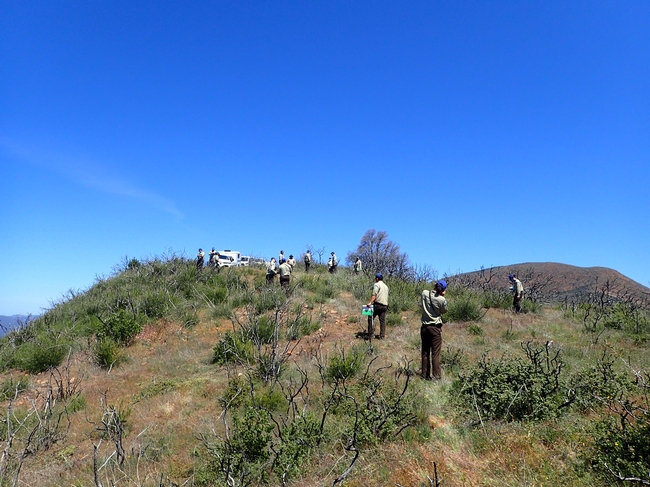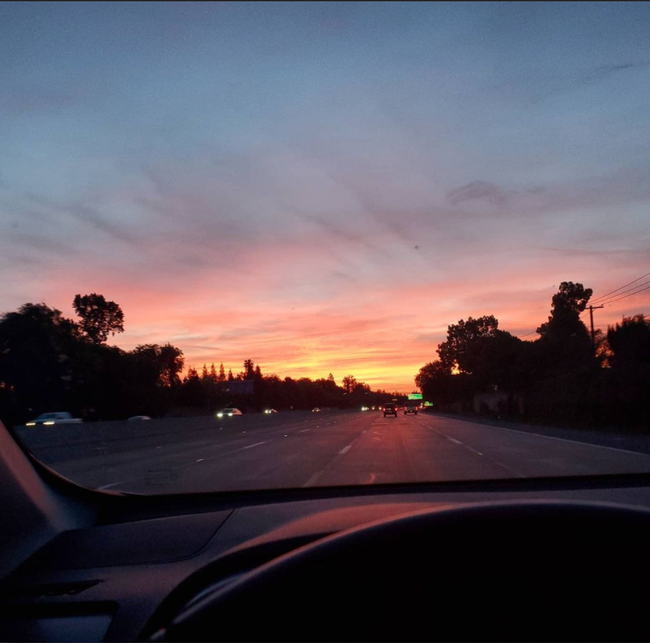- Author: Cameron Barrows
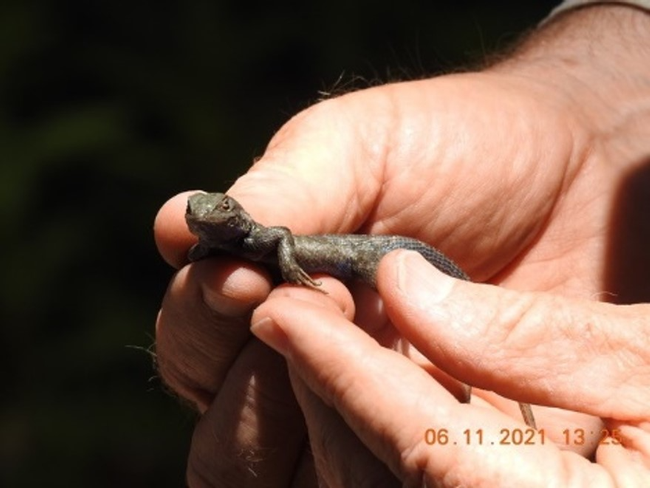
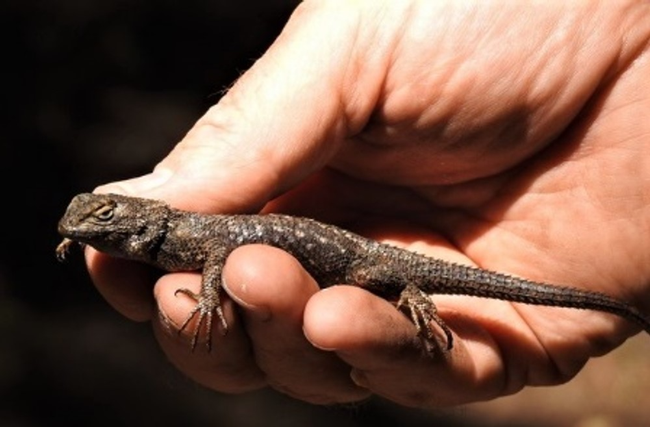
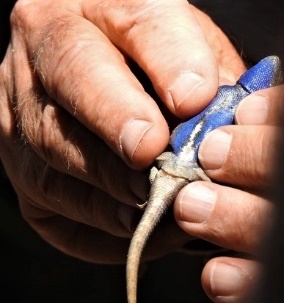
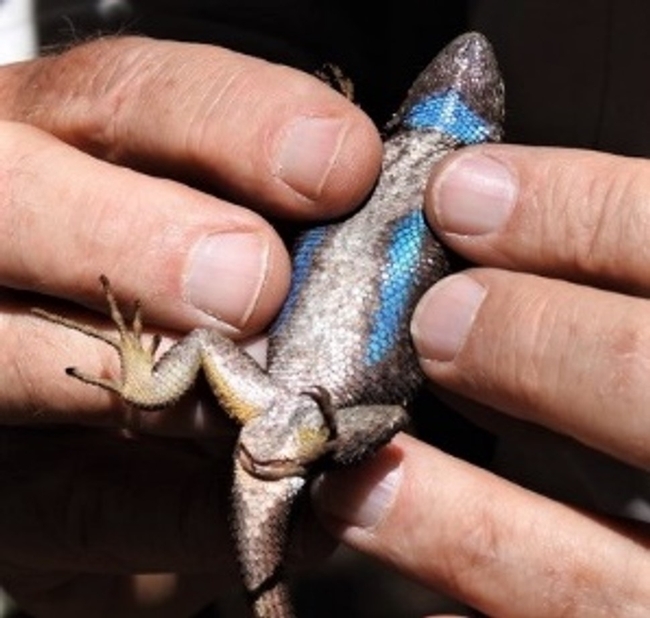
- Author: Gregory Ira
I'm guessing most of us would much rather explore a new trail, identify a new plant, or marvel at the colors reflecting off a hummingbird's gorget than ask someone for money.
We often associate asking for money with jobs and careers that many of us might have intentionally avoided. I remember a conversation with my grandfather, when I told him I enjoyed environmental education because I wasn't comfortable with the idea of sales. He reminded me that even good ideas didn't just happen; they still had to be to be pitched. We can see this today when even a life-saving vaccine needs some promotion.
Luckily, the California Naturalist program makes it easy, because there are so many good reasons to support the program. We fundraise, because our program...
- Provides important services. The California Naturalist and Climate Stewards certification courses we've developed address a growing demand from the public. In addition we help our partners evaluate their courses, track volunteer service, and train new instructors.
- Has so much work to do to reach every adult in California. That includes the person in Visalia who wants to take our course, the partners in Redding who are ready to teach our course, and the communities in Stockton and El Centro looking for a local course they can join. Gifts allow us to provide scholarships in the form of fee waivers for participants with a financial need.
- Addresses pressing needs. Including the loss of biodiversity, ongoing threats from climate change, and the spread of invasive species.
- Can always be improved. No program is perfect and maintaining a high quality course requires continuous improvement.
- Deserves a sustainable source of funding. Funding that is not subject to the whims of economic cycles and fluctuations.
These are all good reasons for a program to fundraise. But the most important reason is because our program has value. There is value to the participants, whose lives are transformed by their experience. There is value generated from over 35,000 hours of volunteer service estimated at over $1 million annually. And, finally, there is a broader public value that accrues to our communities, our society, and our state through the cumulative impact of decisions and actions of thousands of people that help make our communities more sustainable, resilient, and vibrant.
Our community of naturalists and stewards are already committed to giving. They give their time and their talent in the service of their community and environment. Ask them what they get in return and they'll probably just smile a knowing smile and reflect on a special trail, a flash of iridescent color, or the shared excitement of a child that's made a new discovery. We fundraise for all the reasons above and to bring that same knowing smile to even more faces across the state. The UC California Naturalist Program thanks you for your ongoing generosity. Whether your contributions come in the form of intellectual labor, sweat equity, or through a financial contribution, your efforts are appreciated.
We are gearing up for our annual "Big Dig" fundraiser on Friday, June 4. Please consider making a donation to help us sustain our program.
- Author: Sarah Angulo
The City Nature Challenge encourages people to explore their urban nature, connect with local advocacy organizations and other iNaturalist users, and learn how to participate in community biodiversity science. From its first competition between the San Francisco Bay Area and Los Angeles County in 2016, it quickly has grown to include more than 350 cities around the world. The search for nature over a period of 4 days each spring inspires over 50,000 people to tune in to the nature in their backyards thousands of miles apart.
Within California, a global biodiversity hotspot, we encourage certified naturalists and stewards to use the iNaturalist skills gained in the program to safely participate. Using our growing UC California Naturalist Certified Naturalists project, which certified naturalists can join, we are able to better track the contributions of individual naturalists. Once a certified naturalists joins the project, observations made in California over all time are counted (email Sarah Angulo, sangulo@ucanr.edu with questions). An amazing 10,500+ species have been documented by certified naturalists who have so far joined the project, who make up just a fraction of the 4,000 certified to date. Naturalists are making a huge contribution to science through these observations.
California had 7 cities participate in the City Nature Challenge 2021: the Bay Area, Los Angeles County, San Diego County, Sacramento Region, Orange County, Inland Empire, and Mendocino County. Certified California Naturalists contributed to the over 93,000 total observations made in the 7 cities. Of these 93,000+ observations made in the state, California Naturalists in the top 20 observers for each city contributed 12%! Within the top 20 users,
San Francisco Bay Area: Emily Gottlieb (PRNSA) #1, Sarah-Mae Nelson (UC ANR) #4, and Leslie Flint (Audubon Canyon Ranch) #7 made 5% of their city's total observations.
Los Angeles County: Laura Schare (Catalina Island Conservancy) #1, Amy Jaecker-Jones (Dominguez Rancho Adobe Museum) #8, Kat Halsey (Pasadena City College) #11, and Ron Matsumoto (Dominguez Rancho Adobe Museum) #17 made 9% of their city's total observations.
San Diego County: Susan Heller (Preserve Calavera) #6, Millie Basden (Preserve Calavera) #7, and Karen Merrill (Preserve Calavera) #17 made 7% of their city's observations.
Sacramento Region: Lauren Glevanik (UC Davis) #2, Cliff Hawley (Effie Yeaw Nature Center) #3, Hailey Adler (UC Davis) #4, Mary Hanson (Tuleyome) #5, Laci Gerhart (UC Davis) #6, Sarah Angulo (Sierra Streams Institute/UCANR) #8, Roxanne Moger (Tuleyome) #12, Charlie Russell (Tuleyome) #15, Linda Estes (Effie Yeaw Nature Center) #17, and Sabine Angulo (American River Conservancy) #21 made 35% of their city's observations.
Orange County: James Bailey (Catalina Island Conservancy) #3, Noelleellowski (Catalina Island Conservancy) #10, Emily Chebul #13 (Pasadena City College) made 9% of their city's observations.
Inland Empire: Colin Barrows (UC Riverside Palm Desert) #1, Joye Cantrell (UCR Palm Desert) #5, Susan Forgrave (UCR Palm Desert) #6, Sendy Hernandez Orellana (UCR Palm Desert) #7, Elizabeth Ogren Erickson (UCR Palm Desert) #12 made 24% of their city's observations.
Mendocino County: Asa Spade (Hopland REC) #1, Brook Gamble (UCANR) #2, Shane Hanofee (Sierra Streams Institute) #3, Lori Dudzik (Hopland REC) #4, and Hannah Bird (Hopland REC) #14 made 42% of their city's observations.
The impact of our naturalists is even greater than just the few who are in the top 20 observers for their city. Even for naturalists who contributed one observation or identification this year, every documentation of our state's unique biodiversity is important. Thank you for each one of you who took a moment to contribute this year, especially given the difficulties we each face.
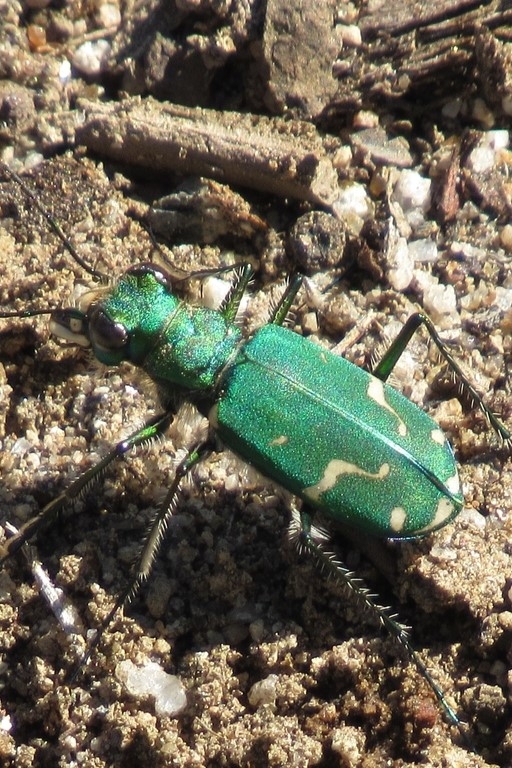
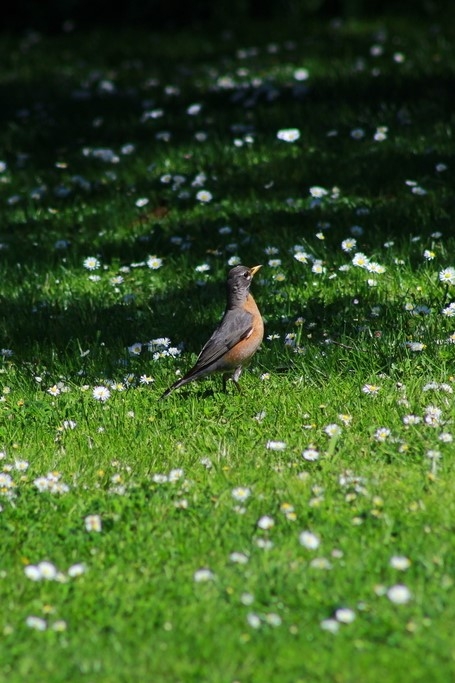
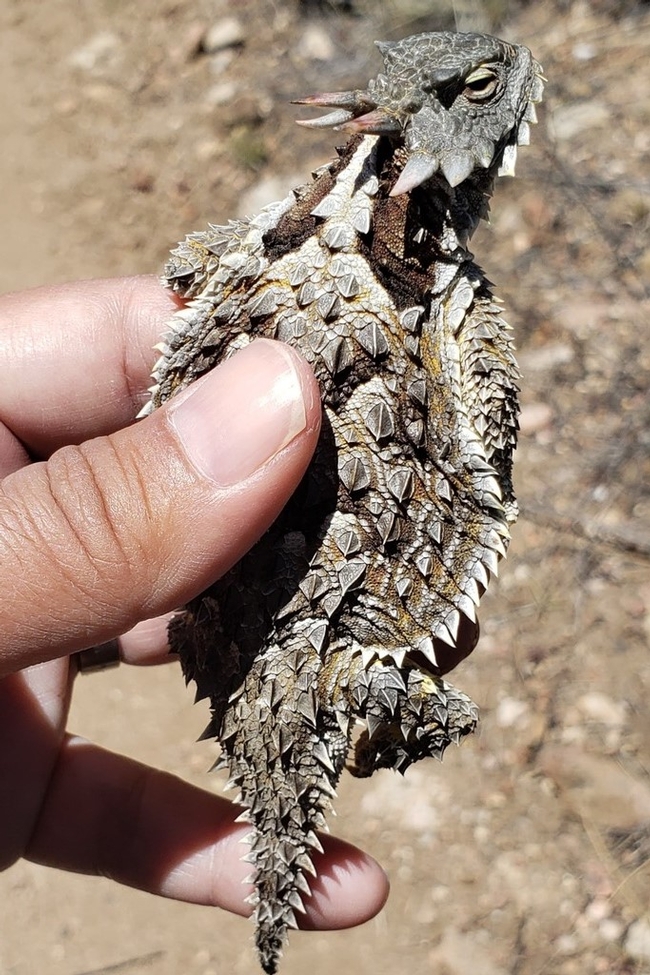
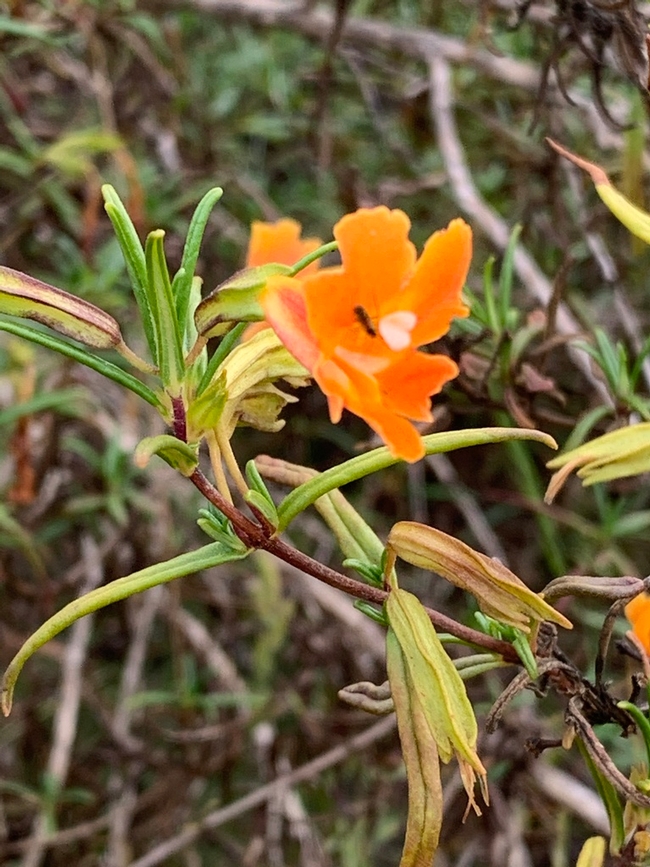
- Author: Sarah Royce
- Author: Álvaro Palacios Casanova
A guest blog post by Sarah Royce and Álvaro Palacios Casanova, submitted for their capstone project, in partial fulfillment of their UC California Naturalist certificate. The views expressed by guest authors are their own and do not necessarily reflect the view of the UC California Naturalist Program, its affiliates, or employees.
If you see infrastructure as only roads, bridges, and harm to ecosystems, look again! Done right, infrastructure investments can be good for the environment and our communities. As trainees in the UC California Naturalist program, we see the urgent need for bold infrastructure initiatives that center community health, economic well-being, and climate resiliency.
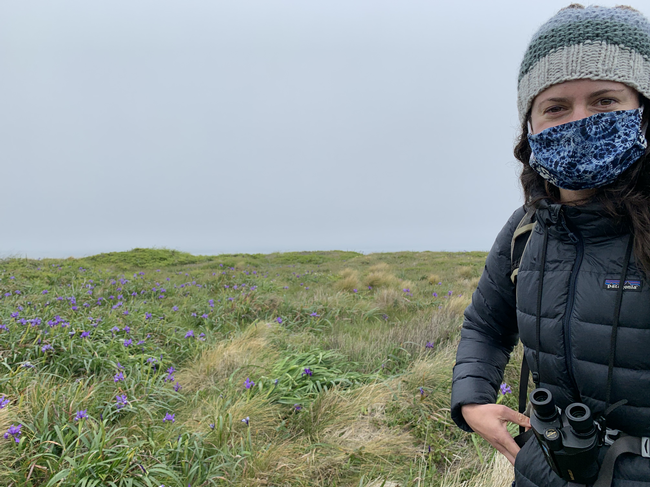
President Biden's $2.3 trillion infrastructure proposal—the American Jobs Plan (AJP)—has a lot in it for California Naturalists to support. The AJP creates green jobs to speed up the economic recovery and address the climate crisis. The plan dedicates 40 percent of climate and clean infrastructure investments to frontline communities that have borne the brunt of an extractive economy for decades and have systematically been left out of economic opportunities. It also includes investments to support rural communities that will be impacted by the market-based transition to clean energy. Biden proposes to eliminate tax preferences for fossil fuels and make sure polluting industries pay for environmental clean-up.
The AJP's $50 billion infrastructure resiliency component includes protection and restoration of forests, wetlands, watersheds, and coastal and ocean resources. If it becomes law, the AJP will invest another $10 billion to mobilize the next generation of conservation and resilience workers. Creating a Civilian Climate Corps who are trained and paid a livable wage would put a new, diverse generation of Americans to work conserving our public lands and waters, bolstering community resilience to climate change, and advancing environmental justice.
The AJP was born out of collective national demand to take climate action. Recent polling shows it's broadly popular among voters across the country, and even more so when respondents understand it will be financed by increasing corporate taxes.
But does the AJP go far enough? Many environmental groups want even stronger action than is promised by the plan. Fifteen national organizations including Sierra Club, Climate Justice Alliance, and the Sunrise Movement have proposed a THRIVE (Transform, Heal, and Renew by Investing in a Vibrant Economy) agenda mapping out investments needed for a just transition to a regenerative economy.
“Two trillion dollars over eight years as proposed by President Biden last month is not going to get the job done in time," Kari Fulton, policy coordinator with the Climate Justice Alliance said during a news conference on April 20.
The Sierra Club's economic renewal report found that an investment of $1 trillion every year for 10 years is needed to cut climate pollution in half while addressing economic, environmental and racial justice.
“The urgency of this crisis demands action," said Jared Huffman, who represents California's 2nd Congressional District including Marin and Sonoma counties and is a co-sponsor of the THRIVE resolution in the House of Representatives. "Winning slowly is the same thing as losing.”
The prospects for the AJP depend on Congress, so now is the time for all environmental voters to learn about the issues and weigh in with our elected representatives.
As California Naturalists, we learn how to be stewards in protecting our ecosystems. In this critical window of political opportunity, we call on everyone to hold our representatives accountable for stewardship of the planet. The resources below can help you learn more about the infrastructure proposals, and specific actions you can take during the legislative process. Speak up now to defend the ecosystems we cherish!
--Sarah Royce, Álvaro Palacios Casanova
UC California Naturalist training program, Point Reyes Field Institute
To take action, go here:
- https://www.thriveagenda.com/action
- https://addup.sierraclub.org/campaigns/send-a-letter-to-president-biden-calling-for-a-just-recovery?_ga=2.152456368.888497894.1619933489-943802622.1619272834
- https://indivisible.org/resource/thrive-act
To find out more about THRIVE, see:
- Author: Sarah Angulo
The reappearance of favorite springtime wildflowers across California brings a smile to any Naturalist. We recite their names as we come across them in the field, upload them to iNaturalist, and note them in our nature journals with joy. While the Latin names reveal interesting features of the plants themselves, some of these favorite flowers have common names that have us wondering: what's the story behind that?
Ithuriel's spear, Triteleia laxa
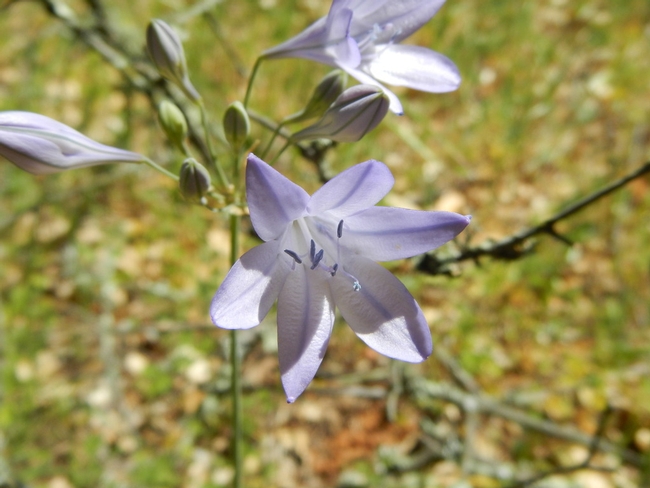
These flowers stand tall above the already-browning grass of the California Coast Range and Sierra Foothills. With their many bright, trumpet-like flowers atop a long stem, you can definitely get the spear-like impression from its namesake. The genus Triteleia itself has an interesting etymology: it is derived from the Greek tri, “three” and teleios, “perfect,” with the floral parts being in threes. But who is Ithuriel, and what is so special about their spear? Ithuriel was an angel in Milton's Paradise Lost who found Satan squatting like a toad, close at the ear of Eve, and transformed him by a touch of his spear to his proper form (Read more).
Diogenes' lantern, Calochortus amabilis
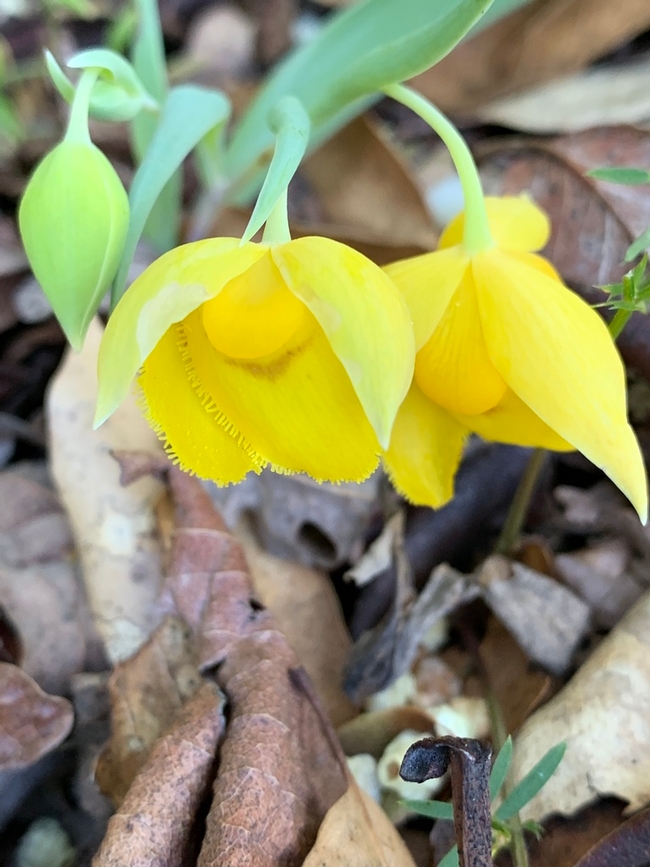
We love a good Calochortus. With its fuzzy three petals smaller size compared to many Calochortus species in California, this little yellow flower is delightful to stumble upon in the Northern Coast Range. These flowers are a bright light in the oak woodlands, but what is the connection to Diogenes? Diogenes of Sinope (c. 404-323 BCE) was a Greek Cynic philosopher best known for holding a lantern (or candle) to the faces of the citizens of Athens claiming he was searching for an honest man. Diogenes "was known for brutal honesty in conversation, [and] paid no attention to any kind of etiquette regarding social class." He is well known for his encounter with Alexander the Great, who "found Diogenes resting in the sunlight, introduced himself, and asked if there was anything he could do for him. Diogenes replied, 'Yes. Get out of my sunlight'" (Read more).
Coulter's Matilija Poppy, Romneya coulteri
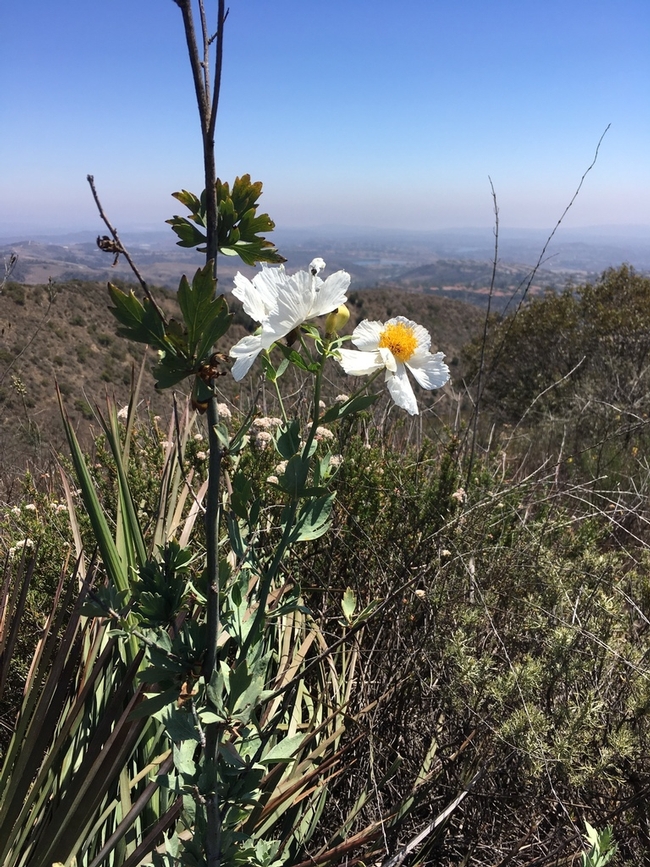
Author Mary Elizabeth of the 1897 "Wildflowers of California" wrote, “The Matilija Poppy must be conceded the queen of all flowers.” It was a contender for being named the California state flower in 1890, but ultimately the California poppy won the title. Though that poppy doesn't have nearly as interesting of a story as R. coulteri. The Matilija poppy is said to get its name from Chief Matilija of the Chumash peoples of present-day Santa Barbara and Ventura counties and the Channel Islands. In "My Chumash Ancestral Legacy," Chumash descendant Julie Tumamait-Stenslie describes,
"We grew up hearing about Chief Matilija and his group of warriors who tried to fight off the ever-present armies. In the myth, the story goes on to tell of Chief Matilija's daughter, Amatil, who was very much in love with the handsome warrior, Cocopah. Tragically, he was killed in the final battle. Amatil's love was so deep and so pure that she she laid upon her lover and there she died. What remained of that love was a beautiful flower with pure white petals symbolizing their love and a yellow center to represent the everlasting brilliance of their love. We know this flower as the Matilija Poppy."
California Fetid Adderstongue, Scoliopus bigelovii
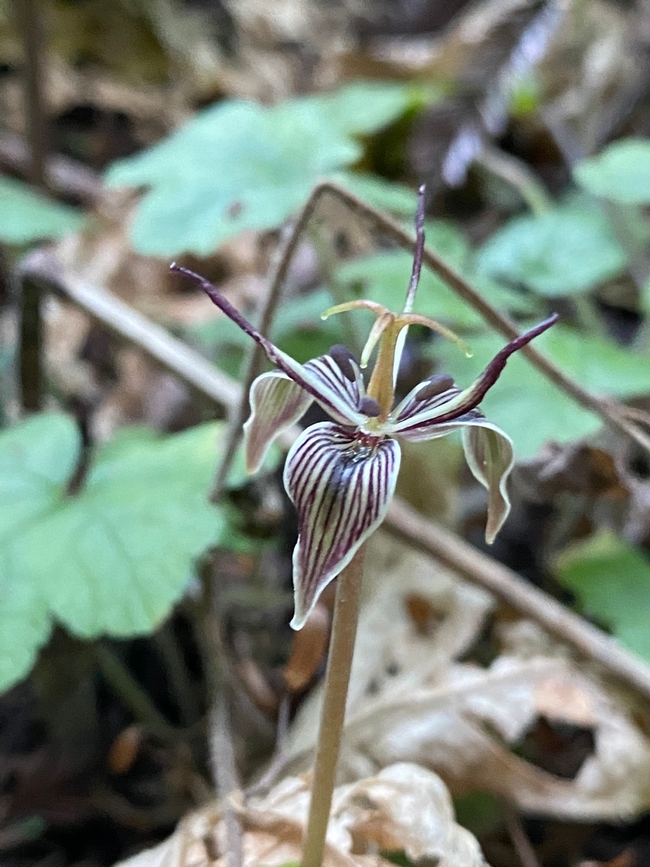
While the season for spotting these in the redwood forest has past (typically about January through April), we couldn't resist this common name. The fetid part of the name is apparent to anyone who has done the flower squat to get down and smell these little flowers (spoiler alert: it's not pleasant), but what about the "adderstongue" part? The term adder is Old English for snake, and it can refer to several different types of snakes (Read more). Though we don't have any of the adder type of snakes here, we do have these adderstongue flowers. The genus Scoliopus is said to be named Adderstongue because the spore-bearing stalk resembles a snake's tongue, though the Latin name "Scoliopus" derives from the Greek words skolios and pous, meaning curved foot which is a reference to the shape of the pedicel. There you have it!

